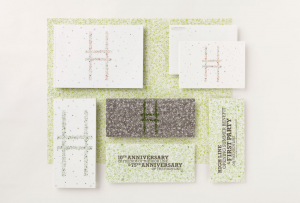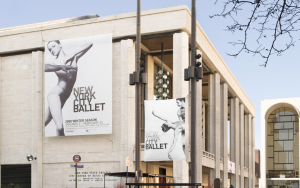Blog Post #9
Part 1: Based on the notes you took during class, write a brief description and response to the Alumni presentations.
Alejandro Ura aka Alex, ba gdes
Alex shared his experience working for SXSW Gaming in the marketing department. He emphasized the importance of identifying your audience and engaging in dialogue with them. Answer the questions what should the message be and how do you visually communicate it? He gave the example of the “Go Noobs” campaign that showed visually that it’s okay to be new at something.
Anthony M. Zubia, ba gdes
Anthony is an art director and freelance designer who got his start creating posters for Student Life events and then moved on to “real life” creating an ad campaign for the Testicular Cancer Foundation which raised awareness through witty posters, social media posts, and postcards. He discussed the rewarding fulfillment of the non-profit sector as well as the inherent unpredictability of relying on donations and external funding that eventually led to the elimination of his creative director position. He touched on the start-up media publication company Latinx Spaces he created with his wife and how a persistent presence results in acknowledgment. Additionally, Anthony has taken advantage of passive income by posting his designs to t-shirt printing websites and creating a channel on SkillShare.
Edith Valle, ba gdes
Edith is strongly inspired by her traditional Mexican upbringing and heritage and the nuances of navigating both cultures. When her dream discipline, cultural anthropology, wasn’t offered at St. Ed’s, Edith explored illustration as a her anthropological venue, eventually traveling to Mexico with Jimmy. An internship creating concert posters and a mural-making senior project launched Edith into her position as the Risograph Lab designer-in-residence which compliments her part-time job at the City of Austin, which highlights water and environmental issues.
Part 2: Many of our successful alumni say that their internship was one of the most valuable experiences they had. By searching the web, find at least 3 potential internships that you are interested in, and post the links on your blog. Many art galleries & non-profits, design firms, photo studios, and game companies have internship information on their websites.
Chameleon Cold Brew, social media content & graphic design intern
http://www.internships.com/social-media/social-media-content-graphic-design-intern-i4730047
New Sky Pictures, social media intern
http://www.internships.com/social-media/social-mediamarketing-intern-i6757838
AMS Pictures, social media intern
http://www.internships.com/marketing/social-media-intern-i3826175










